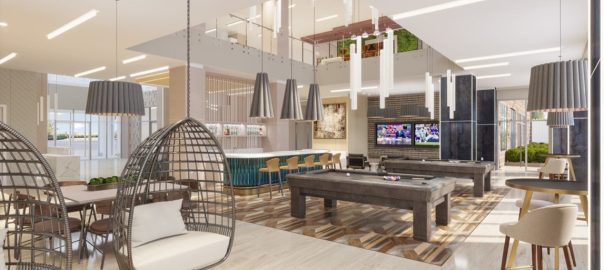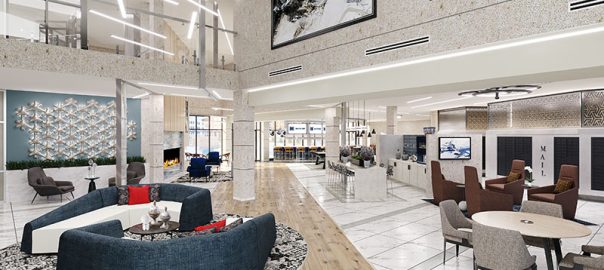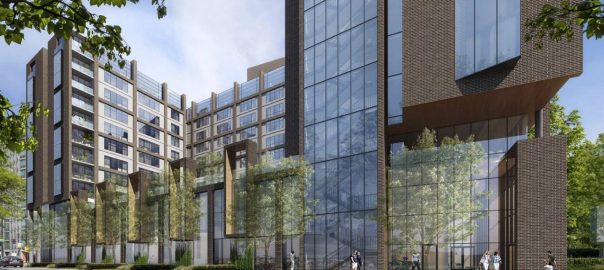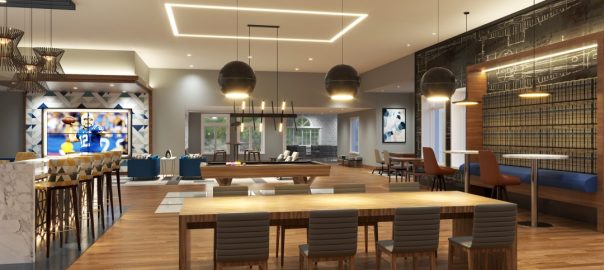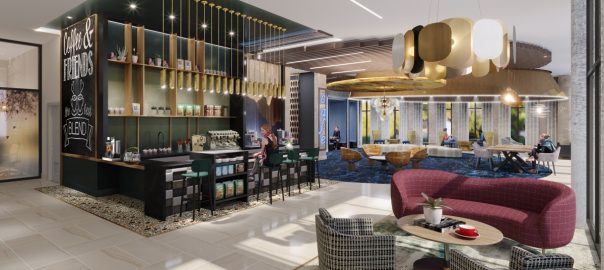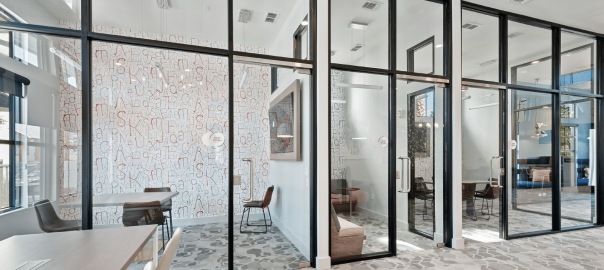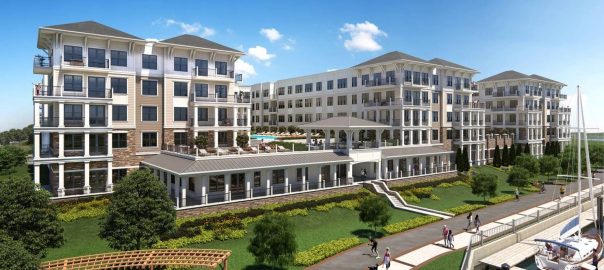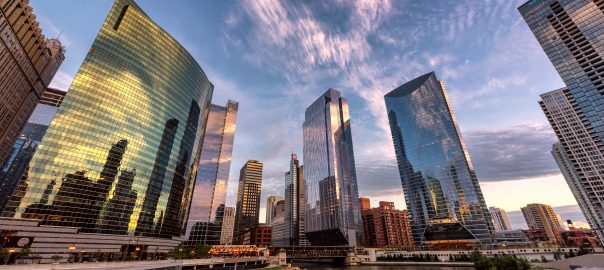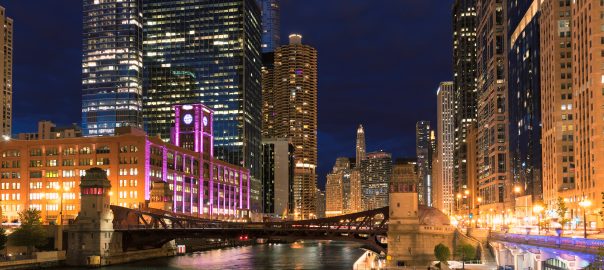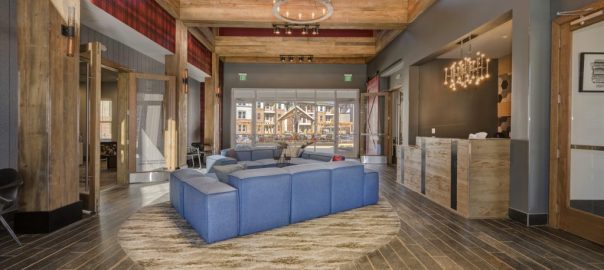The past two years have taught us that we can live and work anywhere, that we miss global travel and that exploration can occur in our daily environment. Taking a broad approach to transformational design and narrowing down design concepts based on end-users’ values, lifestyles and backgrounds makes it easy for CDG to “think global and live local.”
A national leader employing individuals with a diverse global and regional expertise, The Childs Dreyfus Group shares local culture and style in each innovation. With revolutionary design empowered by technology and vision, CDG demonstrates how and why design matters. We turn vision into action into lifestyles.
It starts with our NATIONAL approach: Our national workplace and living place ecosystem spans states and borders. We know how to design for each market across the country with an acute understanding of the national climate.
It reaches REGIONAL markets: We hone our national approach to curate interior design, architectural and large-scale projects for the demographics, desires and needs of each region. We thoughtfully take regional culture and markets into consideration to create value and interest.
It is always LOCAL: With design that incorporates local small businesses and strengthens neighborhoods, CDG cares about each community we build and grow in, performing extensive field research that incorporates local culture in every single design.
From national state-of-the-art technology to strong regional interior design to luxury local project management, we deliver across a multitude of states, regions and demographics.
“At CDG, we connect every design with experience to transform spaces, create community and honor culture across every market we serve,” said Childs Dreyfus Group President Rene Pabon.


